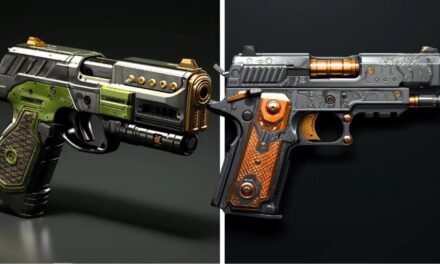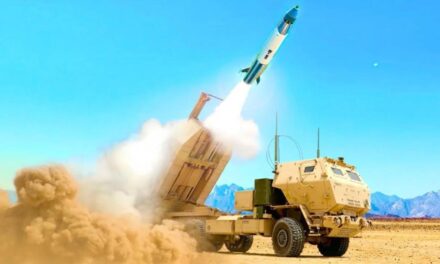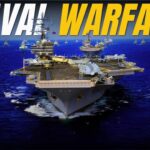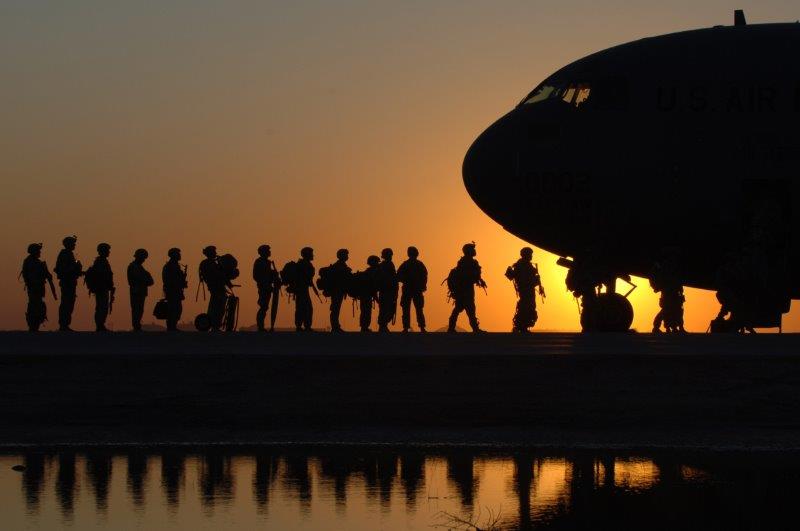The A-10 Thunderbolt, popularly referred to as the "Warthog," is a powerful and adaptable warplane that has won praise for its outstanding military engineering skills. It is superior to all others in its category since it can obliterate armored vehicles on the battlefield. For the A-10 Thunderbolt, it literally is, "see tank, kill tank" as it is widely regarded as one of the quintessential tank killer.
The A-10 Thunderbolt is regarded as the most fearsome tank aircraft ever created by the US Air Force. This article will examine the A-10 Thunderbolt's historical context, characteristics, armament, testing and assessment, landing abilities, maintenance and fuel, distinctive paint jobs, and probable replacements.
Key Takeaways
- A powerful and adaptable warplane, the A-10 Thunderbolt has won praise for its extraordinary military technical prowess.
- The remarkable A-10 Thunderbolt 2 can fly at low speeds and altitudes, which makes it simple to maneuver and very precise when firing armaments at targets.
- This article examines the A-10 Thunderbolt's historical context, characteristics, prowess, weapons, testing and assessment, ability to land, fuel requirements, distinctive paint schemes, and prospective replacements.
A-10 Thunderbolt: An Overview

The magnificent A-10 Thunderbolt or Warthog, is a warplane that has been praised for its outstanding military technical skills. This strong aircraft outperforms all others in its class in terms of destroying armored vehicles on the battlefield, especially tanks.
The A-10 Thunderbolt 2 is a powerful aircraft that can fly at low speeds and altitudes, making it simple to maneuver while aiming armaments at targets. Its 30 millimeter Gatling cannon can fire 3,900 rounds per minute, demonstrating how precise it is. The cockpits of the aircraft are protected by titanium armor, and backup systems are also included.
The Hydra 70 rocket pods, which were efficient against ground targets and could be carried by the Warthog, were one of the more common armaments. The GAU-8 Avenger Auto Cannon, which uses 30 by 173 millimeter depleted uranium projectiles that are particularly efficient against armored targets, was the primary armament of the A-10. Through a transfer adapter linked to the aircraft, the cannon could be swiftly loaded, enabling speedy action preparation.
The A-10 Thunderbolt 2 is impressive not just for its looks and sound, but also for its versatility in terms of where it can operate and what armaments it can carry. Its adaptability enables it to efficiently target different kinds of armored vehicles.
Historical Background
The A1 Skyraider and the A6 Intruder, two significant aircraft in American military history, served as the inspiration for the A-10 Thunderbolt 2. Between 1946 and 1973, the A1 Skyraider saw action in both the Korean and Vietnam Wars. The A1 Skyraider's flying capabilities were carried over to the A-10 Thunderbolt 2, which has more recent modifications. It can fly for longer periods of time and support greater weight. The A6 Intruder finally took the place of the Skyraider model, which served its purpose well.
The A-10 Thunderbolt's first action came in Dessert Storm in 1991 and it was considered a more primitive aircraft before receiving several impressive upgrades later. Even though many of the A-10's systems were considered primitive and not like the futuristic military vehicles that we see today, it still performed quite impressively.
Landing Capabilities, Features and Weaponry
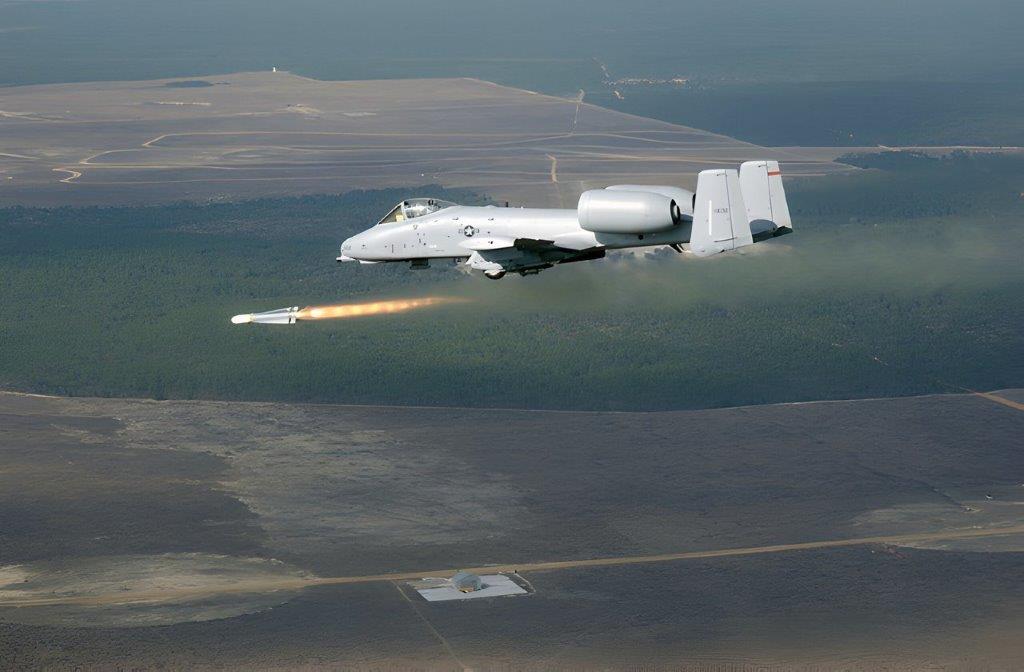
The A-10 Thunderbolt is a fighter jet commended for its military technical ability. This strong aircraft outperforms all others in its class in terms of destroying armored vehicles on the battlefield. Given the distinction of being the most powerful tank aircraft the US Air Force has ever made.
An aircraft that can operate in all weather was needed, hence the A-10 Thunderbolt 2 was developed. It was designed for the Navy's long-distance operations and to aid the Marines. It has to be able to land and take off at close quarters.
The aircraft's 30 millimeter Gatling cannon can fire 3,900 rounds per minute and is very accurate. Additionally, it is well-protected thanks to titanium cockpit protection and backup systems. It is so resilient that it can withstand direct impacts from quite large projectiles.
Add to that the GAU-8 Avenger Auto Cannon, which employs 30 by 173 millimeter depleted uranium projectiles that are quite efficient against armored targets, is the primary armament used by the Warthog. Through a transfer adapter linked to the aircraft, the cannon may be swiftly loaded, enabling speedy action preparation. Pilots use the term "kill bursta" to describe the devastating effect that the GAU-8 can have on enemy targets. This is especially true for the engagement of enemy tank armour.
The Warthog can carry bombs like the gpu-35 version 3 direct blast munition in addition to rockets and a gun. The crew painstakingly assembles and manually puts these precision-designed explosives onto the aircraft.

The A-10 Thunderbolt II is built for difficult airfields with short or no usable air strips for takeoff and landing. Its robust landing gear, low-pressure tires, and capacity to approach and stall at low speeds enable this. Additionally, the aircraft has specialized hydraulics that may cushion impacts when it lands on uneven terrain.
Overall, the A-10 Thunderbolt II's strong arsenal and adaptability make it a useful tool for the American military. It is a potent aircraft in combat scenarios due to its capacity to carry a range of weaponry and its ability to precisely target armored tanks.
The A-10 Thunderbolt's Lethal Ability to Kill Tanks
Depending on the squadron and mission, the A-10 Thunderbolt II may carry weaponry beneath its wings, enhancing its choices. The aircraft's adaptability enables it to successfully target different kinds of armored vehicles. When its cannon is filled with ammo, an A-10 Thunderbolt II can immobilize around 9 to 10 targets at once, demonstrating the aircraft's firepower and combat prowess.
Weapons are tested at military training facilities in the Nevada and Utah deserts before being utilized in warfare. The 422nd and 59th test and evaluation squadrons carry out these experiments using dummy tanks outfitted with ERA equipment to push the limits of the armaments. The objective of these testing is to determine how effective the weapons are, and the findings indicate that the tanks were unusable after a weapon strike.
Did You Know: A-10 pilots Captain Eric Solomonson and First Lieutenant John Marks scored 23 tank kills in a single day during During operation Desert Storm in 1991. This happened while the A-10 Warthog was still a bit primitive and didn't even have all the impressive upgrades that it has today.
The Warthog's first combat mission came up during the Persian Gulf War in 1991. The renowned 30 millimeter GAU-8 Avenger rotary gun of the Warthog was utilized to destroy Iraqi armored vehicles during that confrontation. In total, 132 A-10s performed 7,983 combat sorties, downing 1,355 armored vehicles, 987 tanks, 926 pieces of artillery, ten aircraft on the ground, and two helicopters in the air.
Overall, the A-10 Thunderbolt II's strong arsenal and adaptability make it a useful tool for the American military. It is a potent aircraft in combat scenarios due to its capacity to carry a range of weaponry and its ability to precisely target armored vehicles.
Evaluation and Testing
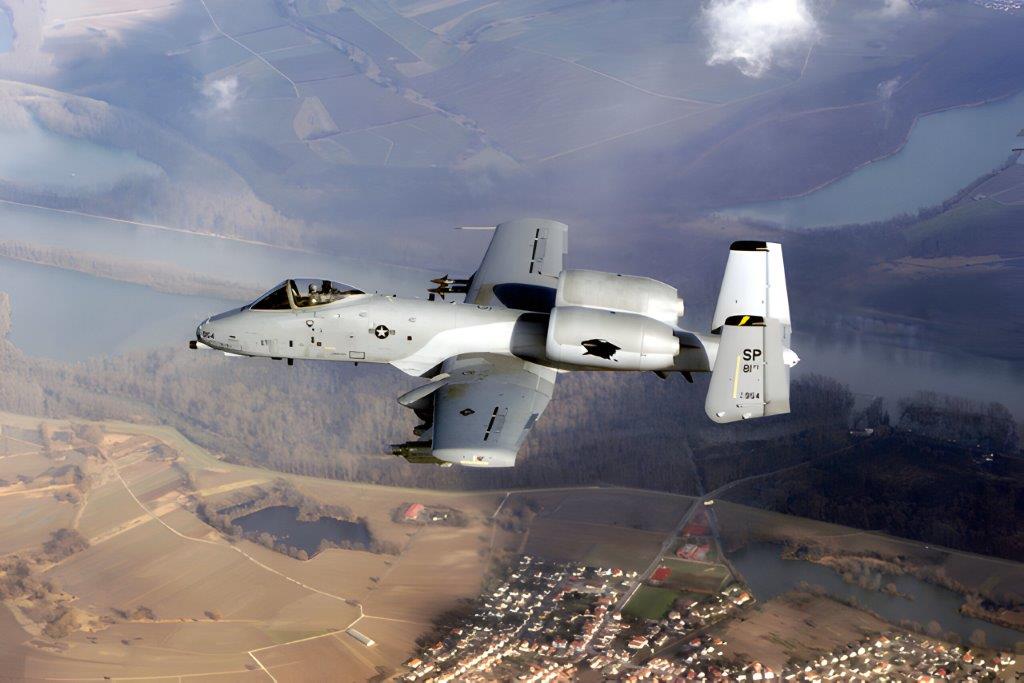
As mentioned before, weapons for the A-10 Thunderbolt are tested at military training facilities in the Nevada and Utah deserts before being utilized in any sort of combat situation. The 422nd and 59th squadrons are responsible for testing and evaluating experiments with the Warthog. They increase the armaments of specially outfitted substitute tanks with ERA equipment to push the limits of the A-10 Thunderbolt's capabilities.
These tests are conducted to obviously evaluate the effectiveness of the A-10's weaponry. The results indicate that after being attacked by the A-10 Thunderbolt, the tanks lost their ability to function. It was discovered that when an A-10 aircraft's cannon is fully filled with ammo, it can disable up to 9 or 10 targets, including tanks. These exams have received ever increasing attention after 2020.
Controlled locations, like motorways and desert terrains that replicate war circumstances, are employed to evaluate these skills. For instance, the Northern Agility Room exercise was carried out by the Michigan Air National Guard. For this experiment, which showed off the A-10 aircraft's capabilities, they closed a 9000-foot section of the M32. These talents included starting the engines, fast refilling, arming again, and landing in difficult terrain.
No matter where it located, the Warthog has shown its capacity to swiftly prepare for missions. This was shown in a similar test that was conducted on a motorway in Estonia in 2016. The exercise's major objective was to successfully land and take off the Warthog across short distances and on challenging terrain. While conducting these movements, the exercise also entailed shifting components about the aircraft. This illustrated the Warthog's capacity to adapt to and function well in many contexts.
Maintenance and Fuel
Before a flight, the aircraft has to be carefully cared for and maintained to ensure good operation. To ensure that everything is operating properly, the pilot and crew inspect all the crucial components. They take care of any repairs when they become necessary. Then they put the essential weaponry and ammunition onto the aircraft and make sure it has adequate fuel for the mission. Additionally, they inspect the gasoline to make sure it is pure and free of contaminants.
Did You Know: The A-10's engines are designed to be able to continue running while the aircraft is being refueled in flight. This allows the A-10 to refuel quickly and get back to the fight without having to land.
A unique test was carried out in Slovakia in 2015 utilizing NATO F-35 fuel, a distinct kind of fuel. They checked to make sure everything functioned properly and was of high quality. They checked the gasoline to make sure there was no water or debris present. The NATO F-35 fuel, commonly known as JP8, was contrasted with the previous fuel, JP4. They were looking to compare the two fuels to discover whether the new one was superior. They modified fuels to lessen pollutants and increase fuel efficiency in various locations, including chilly and remote regions.
The aircraft's fuel contains unique properties that let it survive longer and perform better, particularly in cold climates. The A-10 Thunderbolt 2 must be properly maintained and its fuel must be managed to guarantee that it is always prepared for any mission.
Unique Paint Jobs
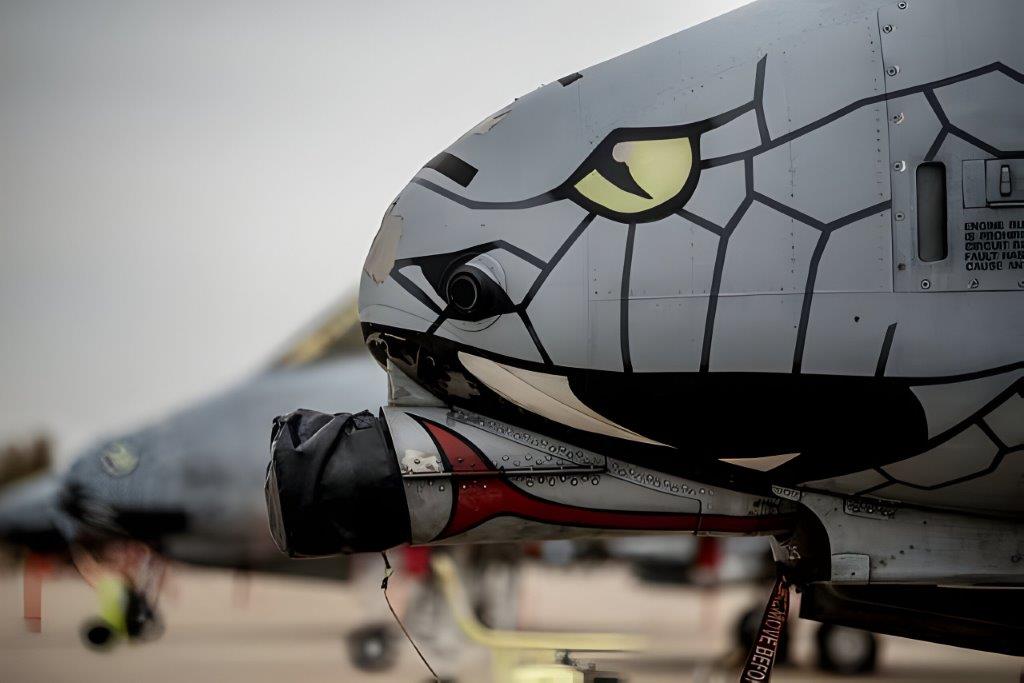
In addition to being a strong and adaptable aircraft, the A-10 Thunderbolt II, popularly known as the Warthog, boasts distinctive paint schemes that set it apart. Some units have unique paint jobs to pay homage to former Air Force squadrons. The A-10's distinctive paint treatments demonstrate the Air Force's pride and respect for its past and the units who have served. These features also help the aircraft stand out and be remembered by both those who witness it in use and those who ride in it.
For instance, the Indiana ANG A-10 has a unique paint job nicknamed the Black Snake that honors the Indiana National Guard's 100-year history of aviation. It is painted in shades of black and dark gray, with certain areas resembling the standard A-10. The aircraft's 30-millimeter rotary gun is surrounded by a distinctive insignia in the shape of a green-eyed snake with fades, which gives it an even more menacing appearance.
Similar to the shark teeth used on World War II fighter planes, the front of other A-10s has been painted with shark teeth. These patterns help frighten the adversary on the ground in addition to looking great.
Overall, the A-10 Thunderbolt II is not just a formidable attack aircraft but also a piece of beauty with distinctive paint schemes that pay tribute to the Air Force's heritage and motivate its members.
Potential Replacements
The A-10 Thunderbolt 2 will ultimately be replaced by newer, more sophisticated variants, as with every military aircraft. The A29 Super Tucano has been mentioned as one possible alternative. Many air forces across the globe employ this aircraft as a light assault and trainer. It was developed by Embraer and Sierra Nevada Corporation.
The A29 Super Tucano's versatility in terms of how it may be armed is one of its primary characteristics. It has a huge machine gun on each wing and is capable of carrying bombs, rockets, missiles, and other weapons. Due to its adaptability, it may be a contender to take the position of the A-10 Thunderbolt 2 in close air support operations.
Although the A29 Super Tucano is not presently in use by the American military, it is being looked at as a possible addition to the fleet in the future. The A29 has previously been used by nations including Brazil, Colombia, Lebanon, and Angola for close air support operations.

Other alternatives to the A-10 Thunderbolt 2 include more recent attack aircraft designs that are capable of completing missions more successfully and safely. However, the A-10 Thunderbolt 2 is a powerful aircraft that will probably continue to serve in the United States due to its versatility in operating in many conditions and with a variety of weaponry. Air Force for many years.
Overall, the A-10 Thunderbolt II's strong arsenal and adaptability make it a useful tool for the American military. It is a potent aircraft in combat scenarios due to its capacity to carry a range of weaponry and its ability to precisely target armored vehicles.



